Technology · Endpoint Management & Security, Enterprise Service Management
SAIC implemented a holistic enterprise solution and delivered novel security capabilities with Ivanti Neurons for RBVM.
Featured
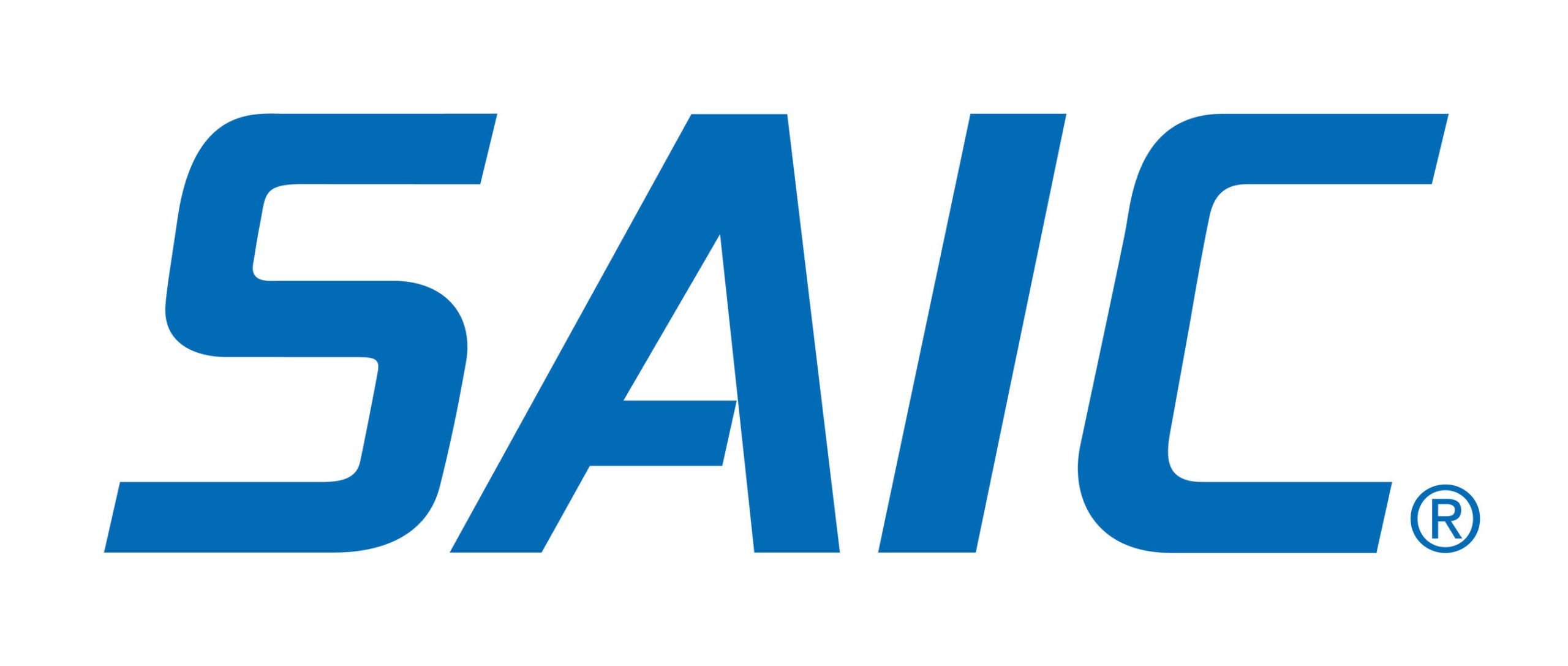
Technology · Endpoint Management & Security, Enterprise Service Management
SAIC implemented a holistic enterprise solution and delivered novel security capabilities with Ivanti Neurons for RBVM.
Featured

Healthcare · Enterprise Service Management
Automation helped Samaritan Health Services elevate ITSM.
Featured

Government · Endpoint Management & Security
Ivanti's UEM+MTD enhanced mobile device management and threat protection.
Filters
Product Category
Industry
Region

Consumer Goods · Endpoint Management & Security
Conair achieved seamless cloud migration while reducing IT costs.

Healthcare · Endpoint Management & Security
El Camino reduced Windows logon times by 78% and drove VDI program success.

Food and Beverage · Enterprise Mobility
Goya Foods improved picking rate with Ivanti Velocity and Ivanti Velocity Voice.

Consumer Goods · Enterprise Mobility
J. J. Keller realized a 10% gain in warehouse picking efficiency with Ivanti Velocity and Ivanti Velocity Voice.

Food and Beverage · Enterprise Mobility
Mile Hi Companies made significant cuts to warehouse picking costs and training time with Ivanti Velocity and Ivanti Velocity Voice.

Government · Enterprise Service Management
Oregon PERS improves customer service with Ivanti service management.
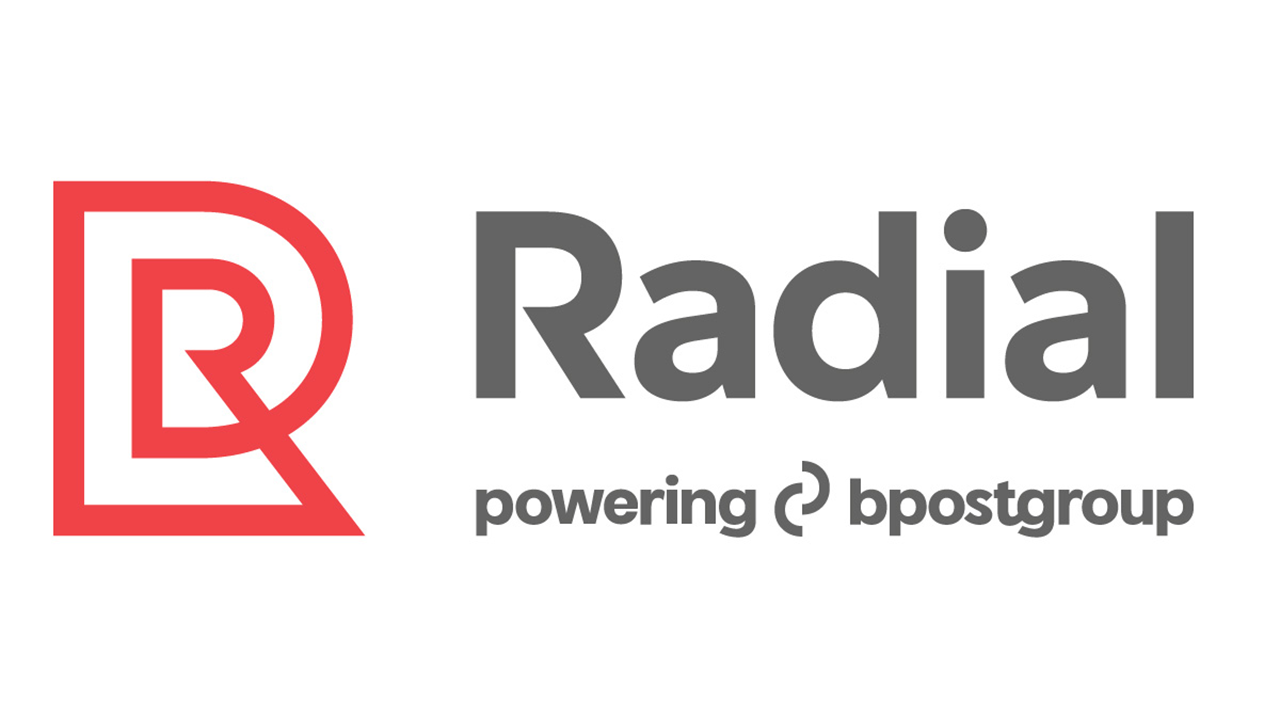
Logistics · Enterprise Mobility
Radial optimized it's warehouse RF technology with Ivanti Velocity.

Technology · Endpoint Management & Security, Enterprise Service Management
SAIC implemented a holistic enterprise solution and delivered novel security capabilities with Ivanti Neurons for RBVM.

Healthcare · Enterprise Service Management
Automation helped Samaritan Health Services elevate ITSM.

Funeral Services · Enterprise Service Management
Learn how SCI and Ivanti’s remarkable two-decade partnership led to industry-leading technology innovations and almost a million dollars in savings.

Education · Network Security
Ivanti scaled operations and provided the platform needed for the implementation of zero-trust principles and secure remote access.

Logistics · Endpoint Management & Security
Ivanti Neurons prevailed against the competition to bring a 360-degree view to BCD Travel's IT department.

Healthcare · Enterprise Service Management
IT service automation enables Canada to ensure a safe blood supply.

Government · Enterprise Service Management
The City of Brampton improved service management flexibility and efficiency with cloud-based workflows.

Government · Enterprise Service Management
The City of Seattle added ITAM to its ITSM platform and improved service delivery while optimizing assets.
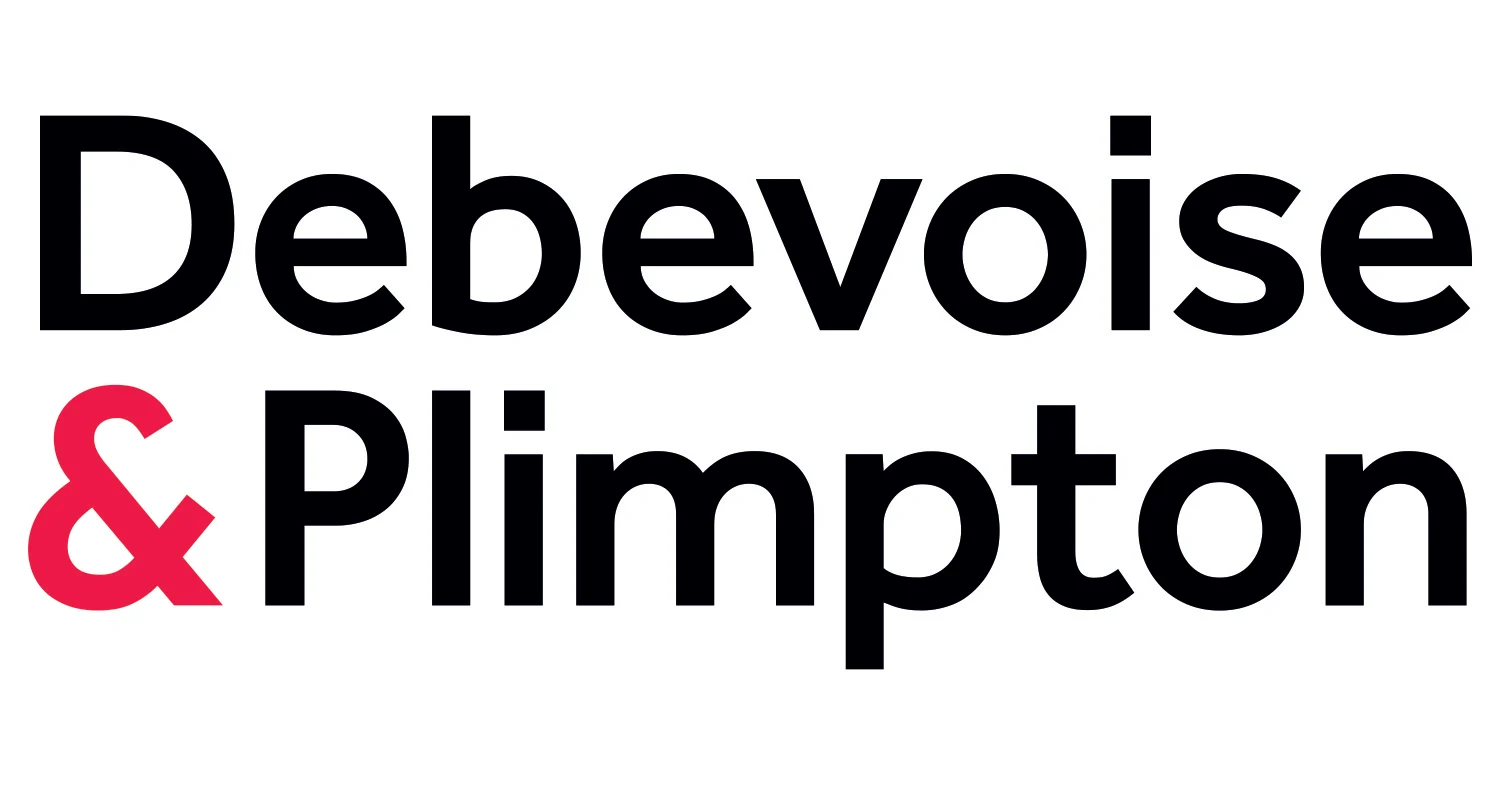
Legal · Endpoint Management & Security, Enterprise Service Management
Debevoise & Plimpton delivered white-glove service using Ivanti’s "limitless" solution set.

Finance · Endpoint Management & Security, Enterprise Service Management
Grand Bank embraced unified IT infrastructure with Ivanti.

Energy · Network Security
The Independent Electricity System Operator shifted left for streamlined operations.

Healthcare · Exposure Management
Latitude achieved smarter security for healthcare clients with Ivanti RBVM.

Education · Enterprise Service Management
Loyola University granted user access 80% faster with Ivanti service manager.

Energy · Enterprise Service Management
Marathon Oil streamlined their IT process and boosted user experience with Ivanti and NCSI.

Healthcare · Enterprise Service Management
Memorial Health System found a complete ITSM solution in Ivanti Neurons after migrating from Cherwell Service Management.

Transportation · Enterprise Service Management
National Express Corporation’s migration from on-prem to the cloud enhanced self-service capabilities saving time and money.
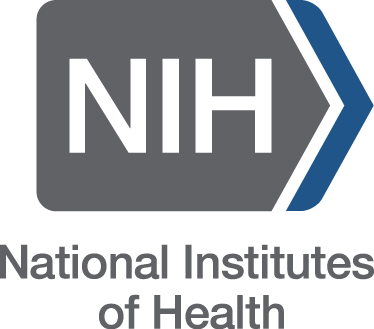
Healthcare · Endpoint Management & Security
NIH uses Ivanti to improve productivity with passwordless authentication to critical mobile apps.

Human Resources · Endpoint Management & Security, Enterprise Service Management
Randstad USA powered collaboration with Ivanti.

Technology · Endpoint Management & Security, Enterprise Service Management
ResultsCX delivered custom service management at enterprise scale with Ivanti Neurons.

Finance · Endpoint Management & Security, Enterprise Service Management
SouthStar Bank shifted left with Ivanti.

Manufacturing · Enterprise Mobility
Driving warehouse productivity with voice‑enabled picking.

Finance · Enterprise Service Management
The First Bank transformed IT services to accommodate growth.

Supply Chain · Enterprise Mobility
UCT boosted user experience and productivity with Ivanti Velocity web-host connectivity.

Healthcare · Endpoint Management & Security
UMC Health gained actionable insights from Ivanti.

Healthcare · Endpoint Management & Security, Network Security
UVA health used Ivanti to help providers, patients, and families stay connected.

Energy · Enterprise Service Management
Aggreko centralized it's global system to cover all service management processes with fast, easy access for users.

Real Estate
Real estate giant modernized digital estate using Ivanti Neurons.
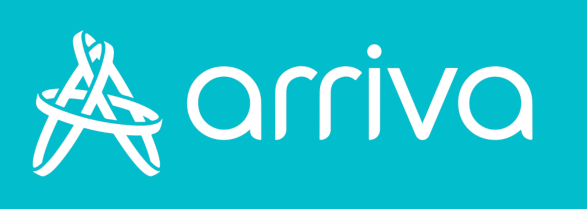
Transportation
Arriva Limited saw improved performance migrating from Cherwell to Ivanti Neurons for ITSM.
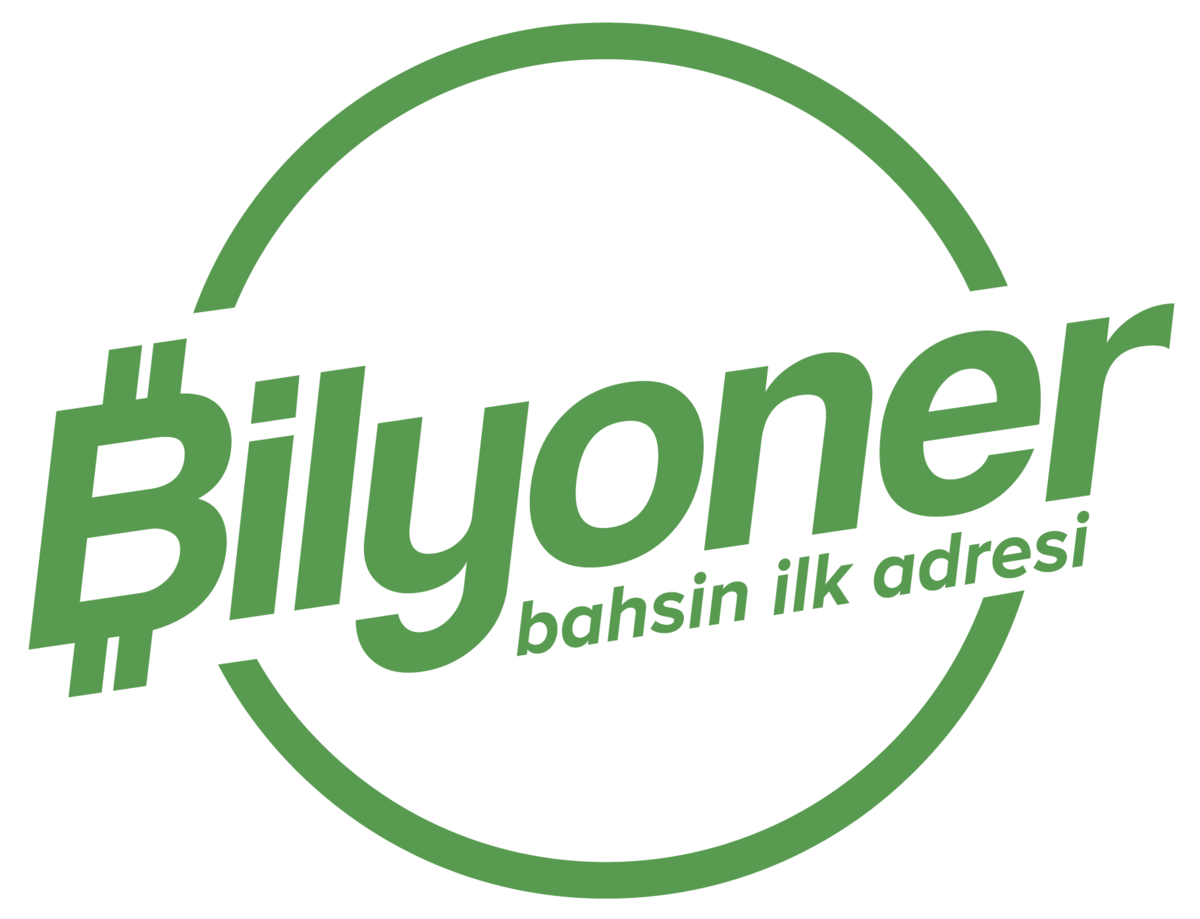
Media and Entertainment · Endpoint Management & Security
Bilyoner boosted its business efficiency while eliminating the mobile-device management load on IT support teams.

Education · Enterprise Service Management
Cape Peninsula University of Technology increased client performance with SaaS-based service management.

Finance · Enterprise Service Management
Learn how Ivanti's IT Service Manager solution met Capitec’s high availability and ease-of-access requirements.

Education · Endpoint Management & Security, Enterprise Service Management
Deakin University hardens its shield with Ivanti.

Logistics · Endpoint Management & Security
Appurity delivered an enterprise and bespoke secure device build with the power of Ivanti Neurons for UEM.

Automotive · Enterprise Mobility
Dorman reduced picking inaccuracy by 86% with Ivanti supply chain solutions.

Insurance & Risk Management · Endpoint Management & Security, Exposure Management
Funk Gruppe secured and managed 1,500 digital workstations with Ivanti Endpoint Manager.

Legal · Endpoint Management & Security, Enterprise Service Management
Gilbert + Tobin iImproved service delivery across different departments.

Supply Chain · Enterprise Mobility
Gist transformed the supply chain with voice-enabled stock picking.

Digital Communications · Enterprise Mobility
Globe Telecom simplified endpoint security with Ivanti.
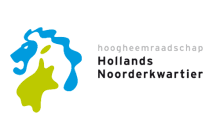
Infrastructure · Endpoint Management & Security, Network Security
HHNK embraced zero sign-on and mobile threat defense to support a secure everywhere work environment.

Consulting · Enterprise Service Management
King & Wood Mallesons' IT services support business experience optimization.

Education · Enterprise Service Management, Exposure Management
Kingston University delivered IT services across campus and around the globe.
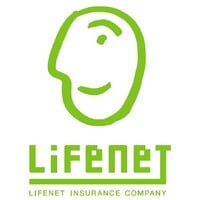
Insurance & Risk Management · Enterprise Service Management
Ivanti Neurons for ITSM has centralized the management of complex IT service requests and incidents for Lifenet Insurance.

Non-profit · Endpoint Management & Security
An “incredible system” helps people with MND/ALS reclaim their voice.

Government · Endpoint Management & Security
Ivanti's UEM+MTD enhanced mobile device management and threat protection.
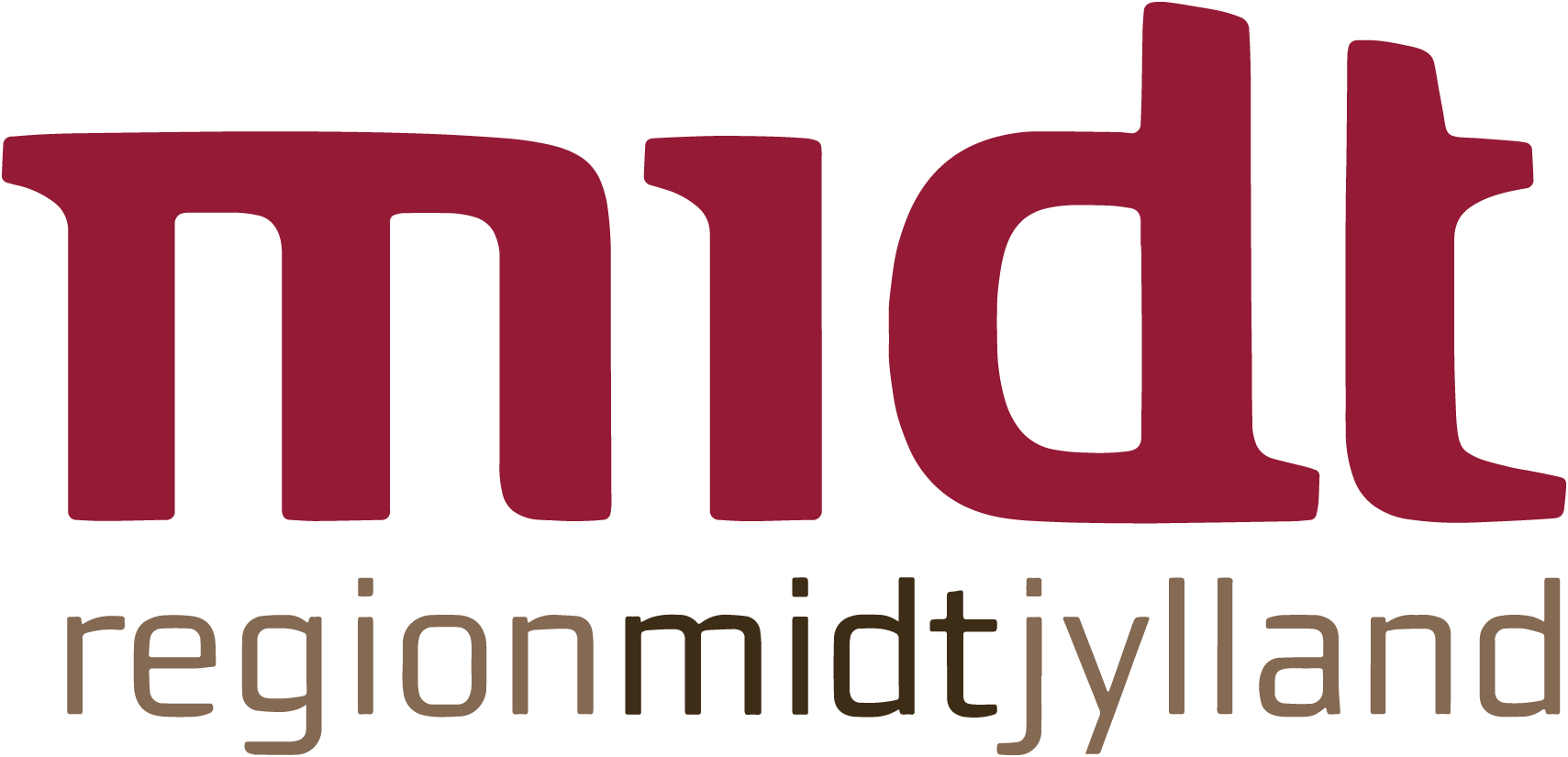
Government · Endpoint Management & Security
Region Midtjylland secured 31,000 endpoints with Ivanti DesktopNow.

Finance · Enterprise Service Management, Network Security
"I always know what is happening”: REYL Intesa Sanpaolo optimized ITSM and secure access.
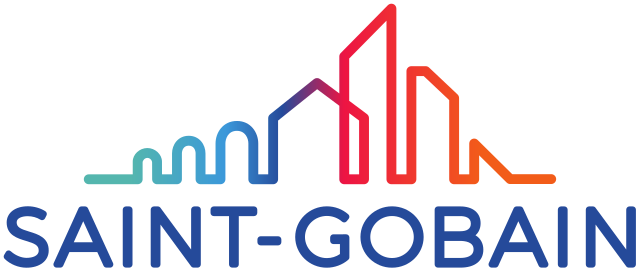
Construction · Enterprise Mobility
Showing product images in workflows transformed fulfillment process for Saint-Gobain.

Manufacturing · Endpoint Management & Security
Škoda redefined the retail experience with a managed mobility solution.

Education · Endpoint Management & Security, Enterprise Service Management, Exposure Management
Endpoint and service management integration: the key to SRH IT solutions’ efficiency and performance.

Healthcare · Enterprise Service Management
IT service automation helped the Priory Group better serve its clients.

Government · Endpoint Management & Security, Enterprise Service Management
The Groningen Provincial Council streamlined onboarding and offboarding processes with Ivanti Identity Director.

Non-profit · Endpoint Management & Security
Creating a secure, worry-free user experience for employees.

Education · Enterprise Service Management
Unified IT service management for one of the world’s leading universities.

Education · Enterprise Service Management
“I’m amazed” – How University of Glasgow upgraded to enterprise service management.

Education · Enterprise Service Management
University of Oxford graduated to the cloud with Ivanti.

Education · Endpoint Management & Security, Enterprise Service Management
Ivanti’s solutions enabled UniSQ to provide secure and seamless IT services in the cloud.

Education · Enterprise Service Management
The university of the west of england streamlined and revitalized services with Ivanti ITSM.

Infrastructure · Endpoint Management & Security, Enterprise Service Management, Exposure Management
The department of transport turned to Ivanti for ASD top 4 compliance.

Education · Enterprise Service Management
Victoria University improved customer experience with Ivanti service management.

Logistics · Endpoint Management & Security
Logistics server provider kept applications on the right track.

Manufacturing · Enterprise Mobility
Weber tackled day-to-day supply chain challenges by adding voice recognition to their warehouse technology.